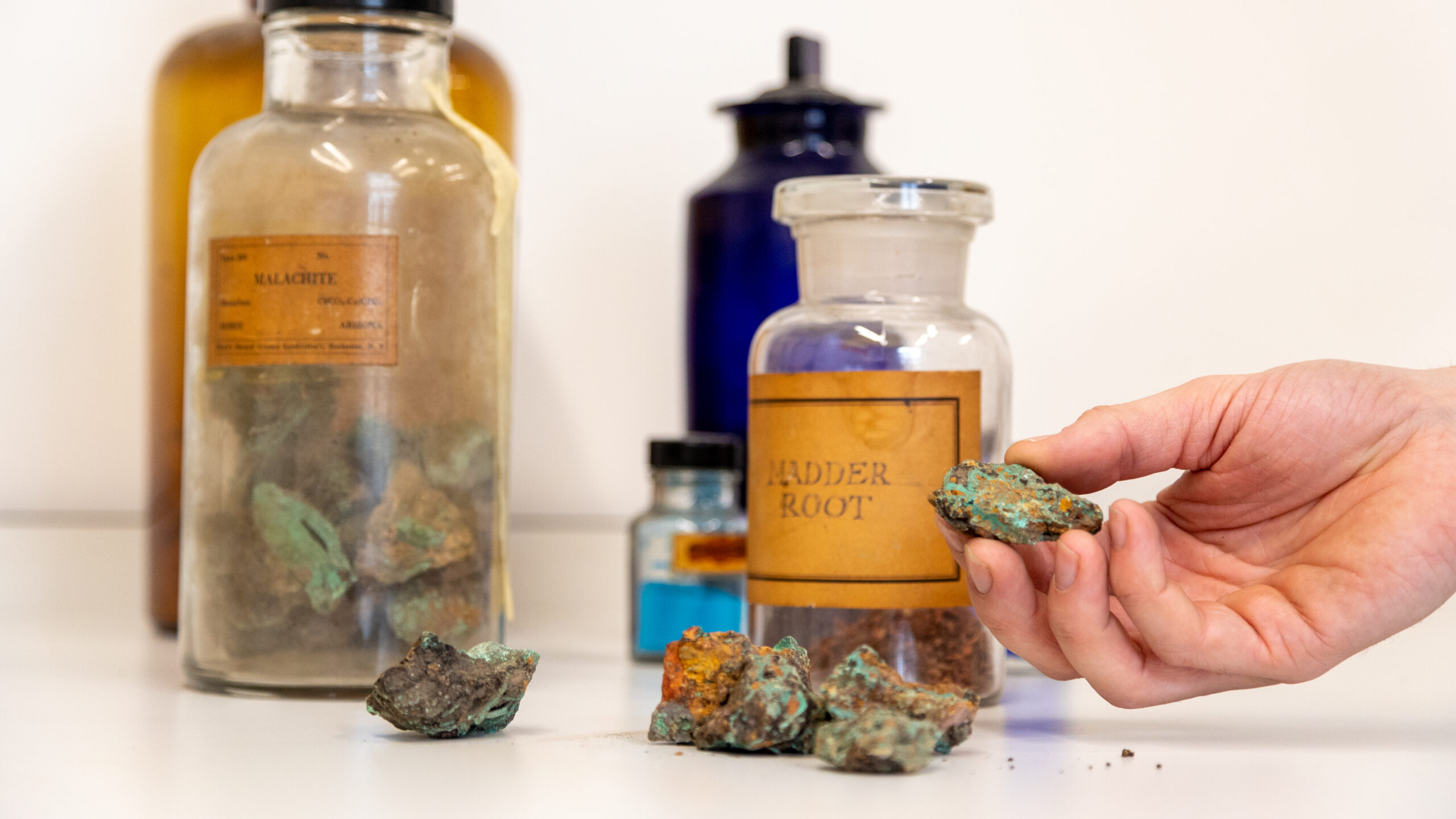The Courtauld is home to one of the largest groups of specialists in Asian art and architecture outside Asia, with leading specialists and postgraduate researchers across a wide range of geographic areas and time periods, working in art history, curating and conservation.
At the heart of our work is what we call a ‘trans-Asias’ approach. Trans-Asias places Asia at the centre of its own art histories. A trans-Asian approach sees Asia as contiguous, but not continuous, recognising the multiple distinct cultural, linguistic, and religious worlds that constitute Asia in overlapping, transculturally interconnected ways. Through the lens of ‘trans-Asias’, received notions of ‘Asia’ are challenged, and a more complex Asia of encounters and interconnections between and across localities is explored. We embrace the methodological, conceptual, and human complexity of Asia, modelling a collaborative approach to bringing multiple specialisms into meaningful, research-driven dialogues.
Courtauld Trans-Asia’s plays an active role in the Courtauld’s broader mission of decolonizing the discipline and curricula of art history, conservation, and curatorship through research, teaching, and public-facing activities that provide tangible narratives for decentring histories of global connectivity. Our research and teaching is unified by shared commitment to transdisciplinary and transcultural histories, which we believe are fundamental to a deeper understanding of Asian art.
Among our faculty are specialists in contemporary East, Southeast, and South Asia; early modern China, East Asia, and the Persianate world; the Indian Ocean world from both South Asian and colonial British perspectives; Buddhist art, and early Islam. We work across a wide range of media, including painting, print, three-dimensional objects, architecture and landscape. In Conservation, we are building upon our long-standing strength in wall painting conservation in India with expertise in Chinese and Silk Road wall painting, heritage site conservation across Asia, and a new MA in Art History and Conservation of Buddhist Heritage. Many of our colleagues are also active curators, with recent and upcoming exhibitions at Tate Modern, the Royal Academy, and in international biennales.


